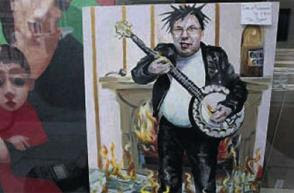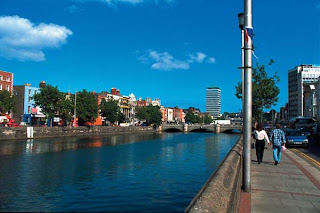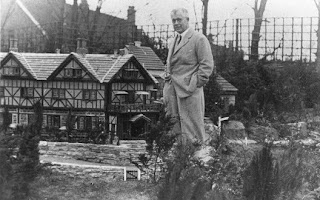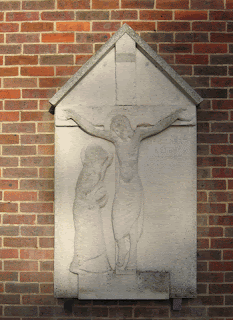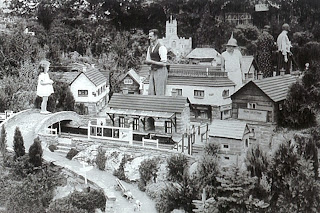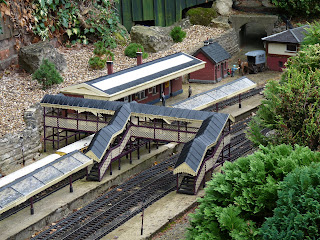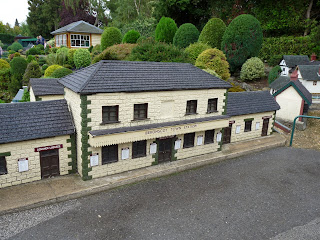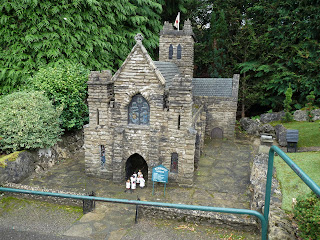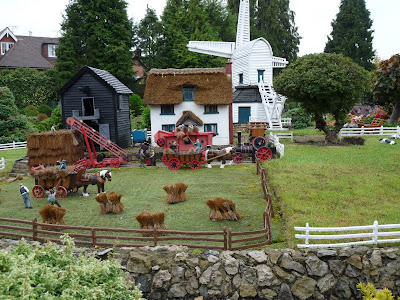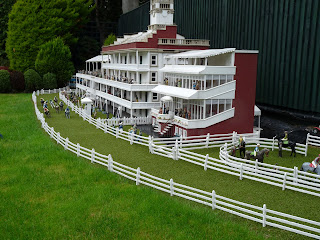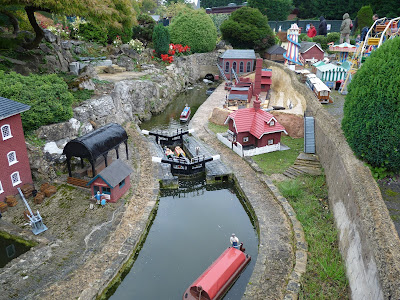
David Jason & Ronnie Corbett
Laugh if you may but Aylesbury, the County Town of Buckinghamshire, is not unknown to the stars of stage and screen. Part of Clockwork Orange was filmed in our concrete underpasses, Laurence Olivier and Vivian Leigh lived nearby at Notely Abbey, David Jason lives by Coombe Hill and Sir John Gielgud lived in the South Pavilion, Grendon Underwood House, now Tony & Cherie Blair’s country house. Many made their way to the Prime Minister’s country house at Chequers 2 miles from our modest cottage and Burton, Taylor and many famous luvvies used to wine and dine at the Bell in Aston Clinton when it was a rather top restaurant. And then there was an actor who began his acting career in Aylesbury more than 60 years ago.
A bronze statue of the late comedy legend Ronnie Barker was unveiled today in Aylesbury. The Porridge and Two Ronnie’s star, who died five years ago, was born in Bedford and Aylesbury Vale District Council commissioned sculptor Martin Jennings to design the statue as part of its Waterside development project. It now takes pride of place in the new public space in Exchange Street. The statue was officially unveiled by Mr Barker's widow, Joy.
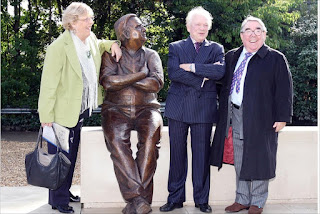
Ronnie Barker's widow Joy at the unveiling
The Waterside development is an ambitious project to redevelop Aylesbury town centre, creating a new shopping area in Exchange Street (including a department store and food store) and a 525 space multi-storey car park and more than 200 homes in Walton Street. Further east at Circus Field there will be a mix of residential development and a new canal basin with residential moorings. Aylesbury has its own branch on the Grand Union Canal, which links London and Birmingham.

Aylesbury branch of The Grand Union Canal
Although only a two-minute walk from the centre of town, Aylesbury Waterside theatre is conspicuous to passing drivers on its site next to a roundabout on the ring road. It’s one of several cultural, retail, infrastructure and residential buildings planned as part of the Aylesbury Waterside development, an urban regeneration project intended to transform a rundown area of the town. The theatre enjoys a wonderful location adjacent to one of the town’s greatest assets – the canal. The canal basin itself is to be redeveloped and opened up to restaurants and homes. A new public green space will provide an attractive interface between the theatre and a new canal side Waitrose store and hotel.

Waterside Theatre
The £35m theatre, which has a 1200- seat auditorium, was commissioned by Aylesbury Vale District council and replaces the civic theatre in the town. The auditorium is housed inside a reinforced concrete block at the core of the building, which is surrounded on three sides by the timber and glass facade. The space between the facade and the auditorium block functions as an acoustic buffer, keeping out traffic noise and at the same time providing light, spacious public areas and views of the adjacent exchange Street and uphill towards the town centre.

Aerial view of Aylesbury Waterside Theatre under construction
When architect Norman Bragg was struggling to come up with a concept for the proposed Aylesbury Waterside theatre in Buckinghamshire, the last place he expected to find inspiration was driving down the A41 dual carriageway. “I was heading towards Aylesbury to visit a possible site, when I noticed thousands of sleek dark pine trees covering the horizon, a really impressive sight,” explains Bragg. “Then, as I approached the town through Aylesbury Vale I was awestruck by the beautiful, undulating green hills that dominate the scenery.”
She was joined at the ceremony by some of her husband's former colleagues including long-time comedy partner Ronnie Corbett and Open All Hours co-star David Jason. The Two Ronnies teamed up in 1971. Sculptor Martin Jennings has depicted Mr Barker in his role as prison inmate Norman Stanley Fletcher, in the classic 1970s' series Porridge, sitting on a stone bench looking up at the new theatre.
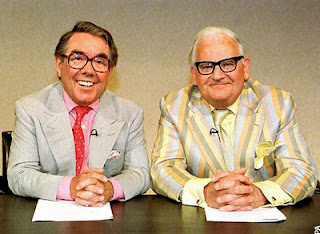
The Two Ronnies
Mr Jennings, whose work includes the statue of poet Sir John Betjeman at St Pancras station in London, said: "It's been delightful to make this statue of Ronnie Barker. He was a comic genius and he was a wonderful shape to sculpt. I've depicted him in his Porridge character glancing up approvingly at the new theatre as if looking back happily over a long career to the days when he began it all in Aylesbury."
Ronnie Barker was born in Bedford in 1929 and worked in a bank before joining the Aylesbury Repertory Company. He made his professional debut on 15 November 1948, at the old County Theatre in Aylesbury's Market Square, with a small role playing Lt Spicer in JM Barrie's Quality Street. By 1955 he was in demand in the West End and appeared in a number of productions including Mourning Becomes Electra, Lysistrata and Irma La Douce. During the 1960s, he became well established as a radio performer, leaving his theatrical career behind.

The theatre sits alongside Aylesbury's canal basin and is the centrepiece of the town's Waterside development
He teamed up with Ronnie Corbett in 1971, and their sketch show, The Two Ronnies, ran for 12 series over 16 years. His many accolades include four Baftas and he was appointed an OBE in 1978. Councillor John Cartwright, Leader of Aylesbury Vale District Council, said: "The sculptor Martin Jennings has created a wonderful work of art. The statue is a fitting tribute to a great man and one of Britain's best loved performers. I'm sure it will not only delight theatregoers, but will also be an attraction to Ronnie Barker fans throughout the country and perhaps even further afield."

